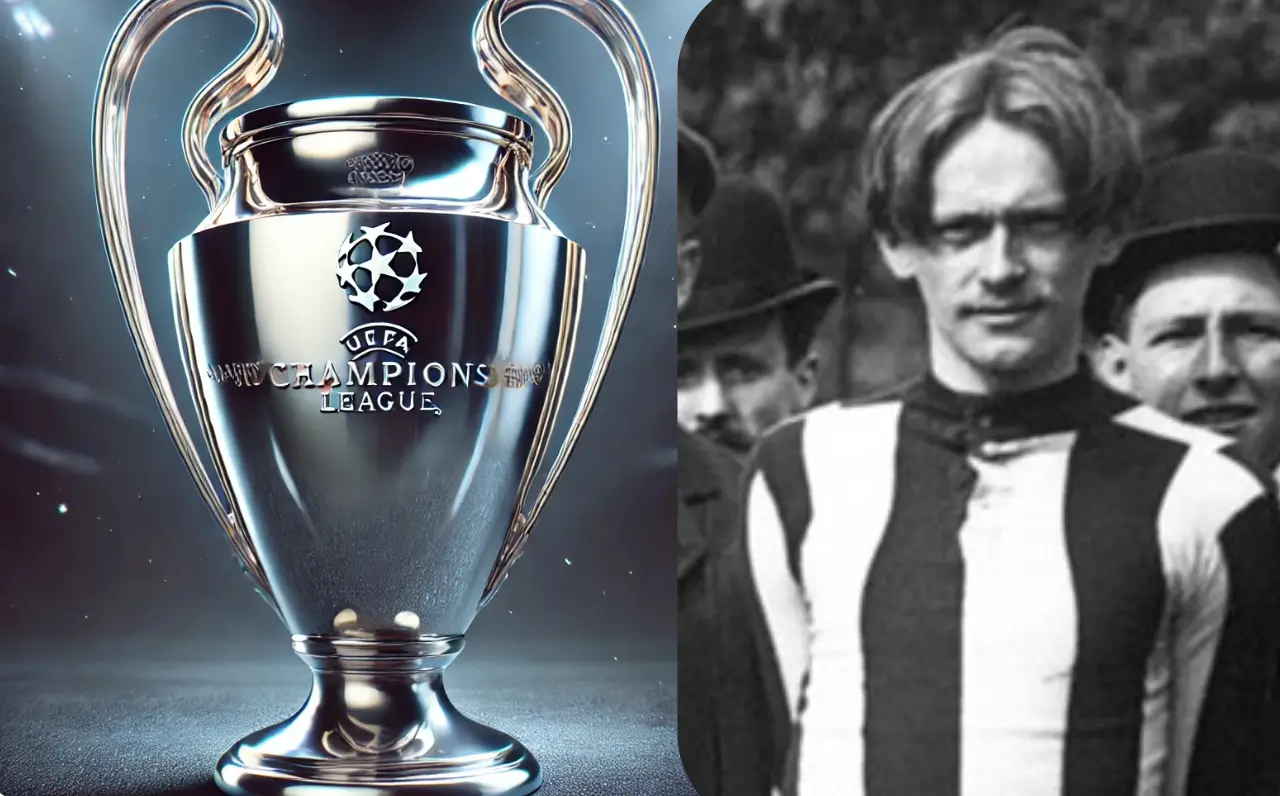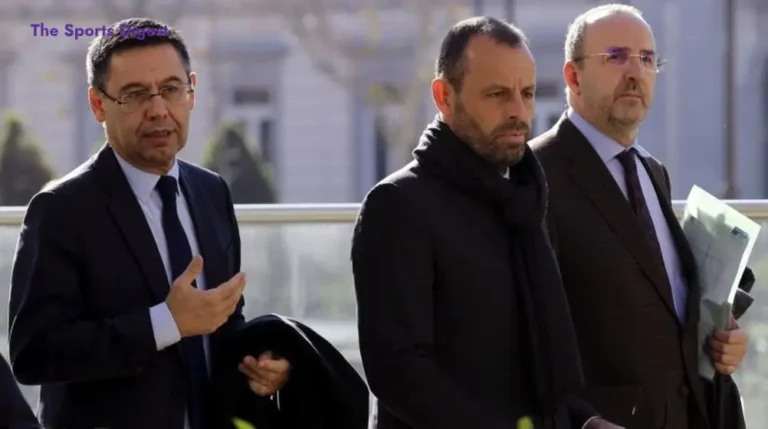Who Invented the UEFA Champions League?
The UEFA Champions League is one of the most prominent and famous competitions in the world of football. However, few know the history behind its creation and how it began. The credit for the birth of this renowned tournament goes to French journalists, with Gabriel Hanot being at the forefront of its foundation in 1954.
Table of Contents
Gabriel Hanot and the Birth of the Idea
Gabriel Hanot (November 6, 1889 – August 10, 1968) was a French footballer and journalist, widely recognized for his influential role in the development of European club football. Hanot began his international football career with the French national team, making 12 appearances. His debut came on March 8, 1908, in a match against Switzerland, marking the start of his international journey. He played several more matches for France before the outbreak of World War I, and after the war, he played one final match with the national team, captaining the side on March 9, 1919.
After his playing career, Hanot decided to transition to journalism following a serious aviation accident that ended his time as a player. He became a key figure at the prestigious French sports newspaper L’Équipe, where he was not only a reporter but also an influential editor. His deep understanding of football and his keen insight into the sport helped shape his contributions to the world of football beyond his playing days.
In 1954, Gabriel Hanot proposed a groundbreaking idea: the creation of a competition that would bring together the best football clubs from across Europe, similar to the tournaments that unite national teams for international competition. At that time, no such competition existed for clubs, and Hanot saw the potential to elevate European club football to new heights. His colleague, Jacques de Ryswick, wrote a compelling article in L’Équipe, advocating for the establishment of a European Cup for clubs. This proposal was met with a wave of enthusiasm and positive reactions from the European football community, with many clubs and football associations supporting the idea.
This idea ultimately led to the birth of the European Cup—now known as the UEFA Champions League—a competition that would go on to become one of the most prestigious tournaments in global football. Hanot’s vision and the support of his colleagues marked the beginning of a new era in European football, one where the best clubs from across the continent could compete at the highest level.
The Launch of the European Champion Clubs’ Cup
On January 25, 1955, journalist Jacques Ferran, also from L’Équipe, wrote a draft of the tournament’s format. In February of the same year, the newspaper selected a list of clubs to participate in the first edition of the European Champion Clubs’ Cup, which included the winners of the domestic league titles from each European country.
The approval of the first edition of the tournament, called the “European Champion Clubs’ Cup,” marked the beginning of its transformation into one of the most well-known competitions in the world.
The Evolution of the Tournament into the UEFA Champions League
In 1992, the tournament’s name was changed to “UEFA Champions League,” and since then, the competition has undergone several modifications, most notably increasing the number of participating teams to 32. The UEFA Champions League, as it is known today, has become a major sporting event, attracting football fans from all over the globe.
Conclusion
The UEFA Champions League is the result of the efforts of French journalists like Gabriel Hanot and his colleagues at L’Équipe, who transformed a simple idea into the greatest club competition in the history of football. Thanks to them, the tournament represents the pinnacle of competition among European clubs and brings together the best teams from across the continent.






